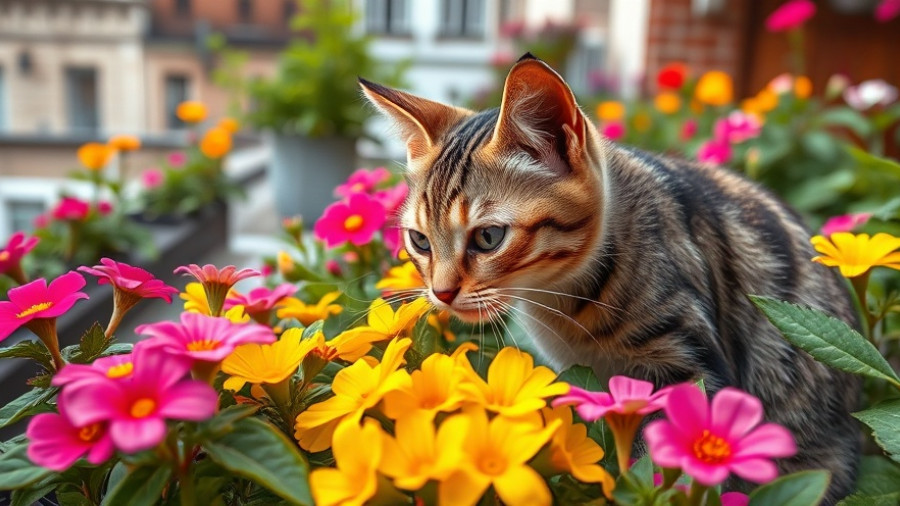
Rooftop Gardens: A Green Escape in Urban Living
In the concrete jungles of today’s cities, finding a slice of nature can feel like an uphill battle. However, the rise of rooftop gardens is changing that narrative, offering urban dwellers the chance to cultivate their own green spaces amidst the hustle and bustle. Rooftop gardens not only enhance aesthetic appeal but also provide essential environmental benefits, making them a worthwhile investment for homeowners looking to integrate nature into their surroundings.
Why Choose a Rooftop Garden?
Rooftop gardens are more than just trendy additions. They help in combating environmental issues such as stormwater runoff, improve city air quality, and even reduce cooling costs in buildings. As noted in numerous studies, incorporating greenery into urban landscapes can significantly enhance biodiversity, offering habitats for various species, including pollinators that are critical to ecosystem health.
Planning Your Rooftop Garden
Before diving headfirst into planting, a well-structured plan is essential. Assessing the structure's load capacity, drainage systems, and sunlight exposure will determine what can be safely planted. Once these factors are established, homeowners can begin to envision their rooftop transformed into a haven. Key planning considerations include:
- Weight Management: Opt for lightweight soil and containers to ease pressure on the building's structure.
- Efficient Drainage: Invest in proper drainage systems to prevent pooling and ensure plant health.
- Wind Protection: Utilize screens or trellises to shield sensitive plants from harsh winds.
Functional Layouts and Design Themes
Creating distinct areas within a rooftop garden can maximize functionality, and certain design themes can reflect personal style. From modern minimalist aesthetics to a Mediterranean escape, the options are endless. Homeowners might consider:
- Multi-Level Designs: Enhance the dimension of space with varied heights in planters and seating arrangements.
- Vertical Gardens: Utilizing wall planters allows for lush greenery without taking up precious floor space.
- Edible Plants: Incorporating herbs and vegetables not only adds greenery but also provides fresh produce.
Plants That Thrive on Rooftops
When selecting plants for the rooftop, consider those that are resilient and low maintenance, as rooftop conditions can be unforgiving. For example, native Long Island species, which are well-suited for local climates, can thrive in these environments. Popular options include:
- Succulents: Perfect for drought conditions and require minimal care.
- Herbs: Basil, rosemary, and thyme not only enhance meals but also add aromatic qualities to the space.
- Vegetables: Dwarf varieties of tomatoes and peppers can flourish while offering nutritional value.
Creating an Inviting Atmosphere
To maximize enjoyment of a rooftop garden, consider incorporating seating and lighting. Comfortable outdoor furniture creates a welcoming atmosphere for relaxation and socializing. Additionally, adding string lights or lanterns can transform the space into a cozy evening retreat.
Take the Leap and Go Green
With thoughtful design and planning, a rooftop garden can transform standard urban structures into vibrant, lively spaces. Whether your goal is to indulge in nature, grow your own food, or enhance your living environment, creating a rooftop garden is an opportunity to add significant value to your home.
If you'd like more personalized advice on starting your rooftop garden, don’t hesitate to reach out to local landscaping professionals who specialize in these transformations. They can provide insights tailored to your specific needs!
 Add Row
Add Row  Add
Add 




Write A Comment